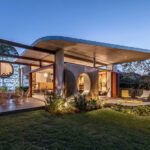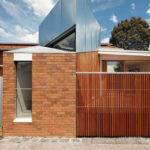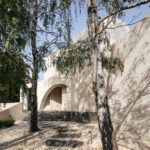
Pace Gallery . Jean Dubuffet
Jean Philippe Arthur Dubuffet was a French painter and sculptor. His idealistic approach to aesthetics embraced so-called “low art” and eschewed traditional standards of beauty in favor of what he believed to be a more authentic and humanistic approach to image-making. He is perhaps best known for founding the art movement Art Brut, and for the collection of works—Collection de l’art brut—that this movement spawned. Dubuffet enjoyed a prolific art career, both in France and in America, and was featured in many exhibitions throughout his lifetime.
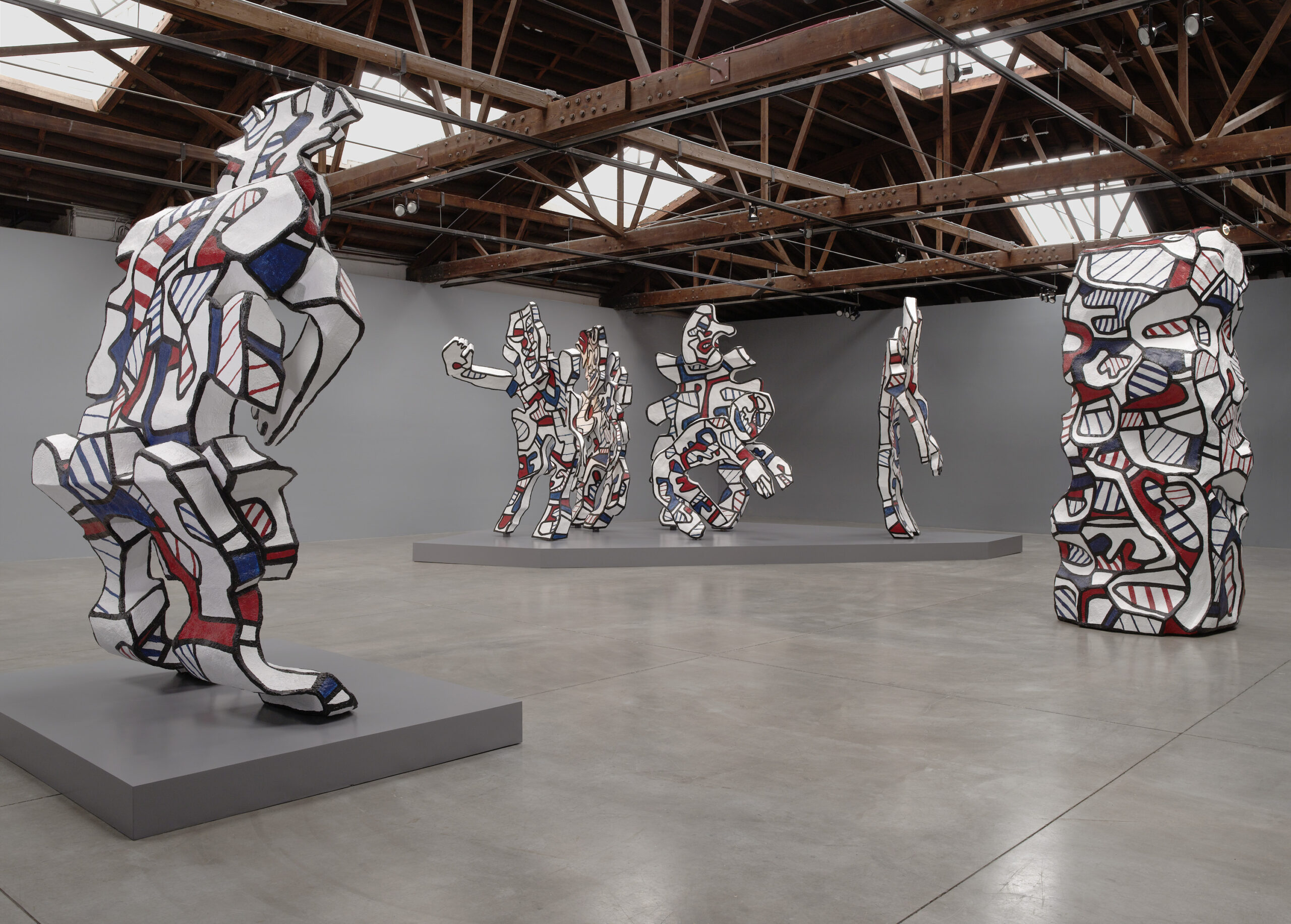
Jean Dubuffet rejected artistic traditions. He strove to create a unique visual language with which to portray the everyday world. One of the most important early theorists and collectors of “art brut,” Dubuffet was a major force in the recognition and appreciation of outsider art. Naive and unconventional visions of reality influenced the development of his own singularly personal style and imagery. He explored and experimented with many printmaking techniques throughout his career, most notably silkscreen and lithography.Dubuffet has been the subject of numerous museum and gallery exhibitions, and his work is included in important public and private collections worldwide. His personal collection of outsider art was the foundation of the Collection de l’Art Brut in Lausanne, Switzerland.
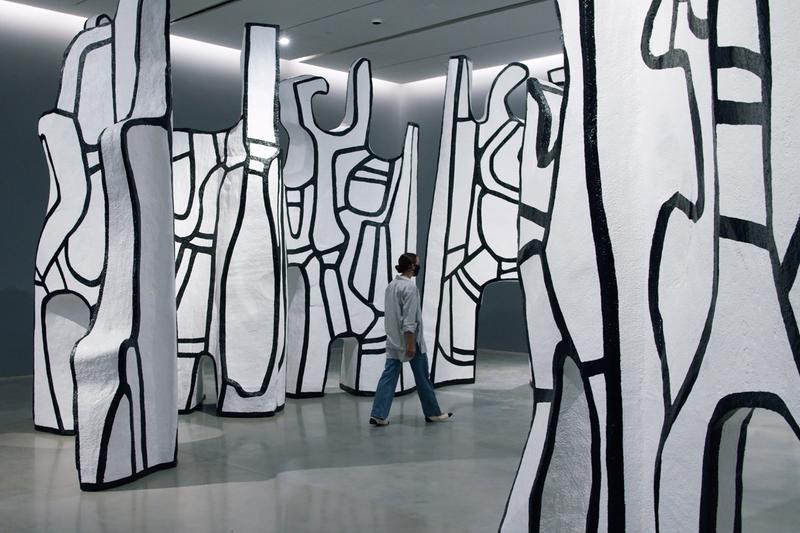
NEW YORK, NY.- Pace Gallery is presenting Jean Dubuffet’s Le cirque (1970), a monumental sculpture occupying the entire first-floor gallery of Pace’s 540 West 25th Street location in New York, on view September 18 – October 24, 2020. Le cirque is a habitable environment that suggests an urban plaza, which Dubuffet first conceived and sculpted in 1970 as a model for future enlargement at architectural scale. Measuring thirty feet square and thirteen feet in height, Le cirque is one of the last remaining works from the late-1960s and early-1970s to be realized at heroic size. Marking a crucial moment in Dubuffet’s deeply influential oeuvre, it stands as a major achievement in the artist’s sculptural practice and heralds the final chapter in his celebrated Hourloupe cycle, which lasted from 1962 to 1974. This cycle, the longest and most prolific of Dubuffet’s career, began with drawings and paintings, to which Dubuffet added reliefs to expand their presence spatially and “give them life,” as the artist stated. This evolved further into painted and sculpted panels, which came together in ambitious sculptural and architectural installations.
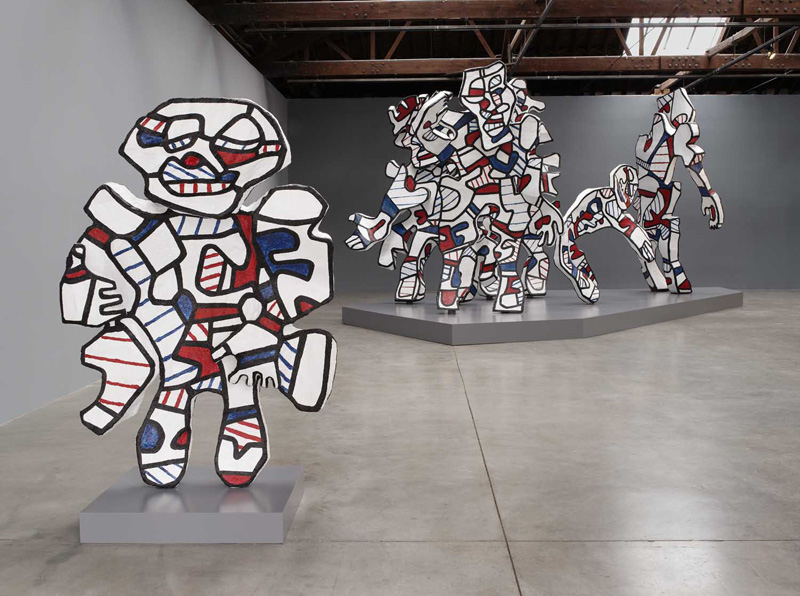
The original model for Le cirque was created shortly after Dubuffet’s second solo exhibition with Pace Gallery in New York in 1970, which debuted a body of new black and-white sculptures called Simulacres. Dubuffet’s inaugural exhibition with Pace had taken place in 1968, after the artist met the gallery’s founder Arne Glimcher for the first time in Paris in 1966 and began working with him the following year. A foundational figure in the gallery’s history, Dubuffet’s work has been the subject of more than 20 solo exhibitions at Pace since 1968 and has been featured in countless dual and group exhibitions.
published in : pacegallery.com
Last Posts
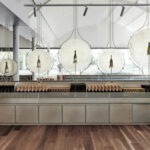
Chandon Australia by Foolscap Studio

LINA Architecture Platform Program
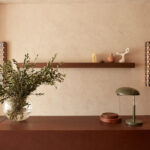
IN BED Armadale Store by Flack Studio

Host House by Splinter Society Architecture

Thomson House by C.Kairouz Architects

Hyde Park House / Robeson Architects
Pace Gallery . Jean Dubuffet
Jean Philippe Arthur Dubuffet was a French painter and sculptor. His idealistic approach to aesthetics embraced so-called “low art” and eschewed traditional standards of beauty in favor of what he believed to be a more authentic and humanistic approach to image-making. He is perhaps best known for founding the art movement Art Brut, and for the collection of works Collection de l’art brut that this movement spawned. Dubuffet enjoyed a prolific art career, both in France and in America, and was featured in many exhibitions throughout his lifetime.



